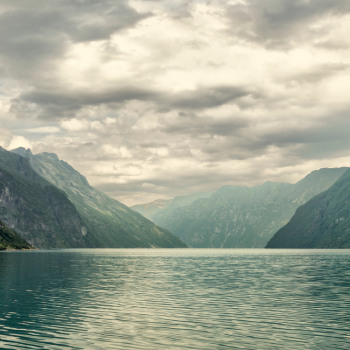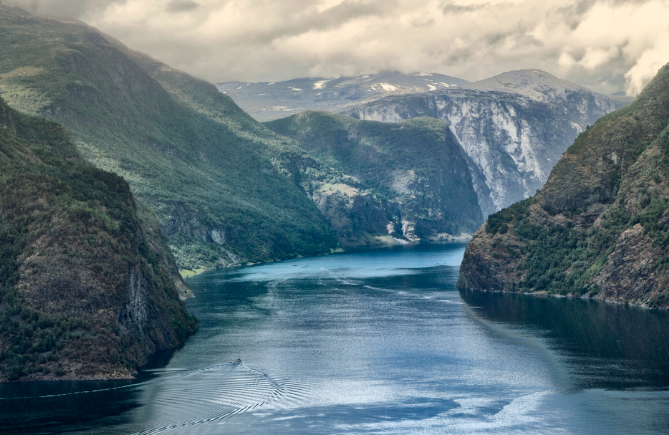Aligning offshore wind energy with biodiversity: Norway’s strategic approach for sustainable development
Norway is a latecomer to offshore wind energy (OWE) development but has set a high target to allocate 30GW of OWE by 2040. The objective of this case study is to understand how Norway incorporates biodiversity and environmental objectives into the planning processes toward OWE production. More specifically, the study focuses on the role of strategic impact assessments (SIAs) in aligning energy production with environmental and biodiversity goals, providing detailed insights into their strengths and weaknesses. It highlights the importance of assessments in the planning process, their contribution to policy coherence, and the challenges faced. The findings aim to inform best practices for integrating environmental considerations into marine planning and governance, ensuring sustainable and responsible OWE development.




The objective of this case study is to understand how Norway incorporates biodiversity and environmental objectives into the planning processes toward offshore wind energy production, with a specific focus on the role of Strategic Impact Assessments (SIA).
The focus is primarily on the interplay between the governance of offshore renewable energy through the Offshore Energy Act, and the policy framework for integrated ocean management in Norway.
Norway’s exclusive economic zone, with specific focus on the North Sea.
Central public authorities are The Norwegian Water Resources and Energy Directorate, The Ministry of Energy, The Ministry of Climate and Environment, Norwegian Environment Agency, Norwegian Fisheries Directorate.
Industry Associations: Renewables Norway, Norwegian Offshore Wind, Offshore Norway, various fisheries associations
Environmental NGOs (e.g. WWF, Bellona Foundation, Friends of the Earth Norway, Greenpeace Norway, Norwegian Society for the Conservation of Nature)
In accordance with the Offshore Energy Act, strategic impact assessments must be conducted before the government can formally open areas for offshore wind energy development. The SIAs are coordinated by the Directorate for Water Resources and Energy, focusing on areas that have been pre-identified in a process led by the same directorate. When the SIAs are finalized, they go through an obligatory public consultation process.
Once an area is awarded, the developer is responsible for a project-specific environmental impact assessment (EIA) as part of a detailed plan for development and operation. A production license can only be granted after approval of the EIA and plan for development.
After areas for offshore wind energy are identified, they are subject to a Strategic Impact Assessment, which is a prerequisite before the government can formally open an area and invite developers to apply for an area award through a tender process, or a process based on qualitative assessment.
The case study will focus specifically on the role of SIAs in the governance process.
How are the SIAs organized and how are responsibilities divided?
How do tbey contribute to achieving coherence in energy and biodiversity policies related to OWE governance in Norway?
What are the strengths and weaknesses of the SIAs in the overall governance of OWE development in Norway?

The CrossGov project is funded by the European Union under Grant agreement ID 101060958.
The website content is the sole responsibility of CrossGov project and does not necessarily reflect the views of the European Union.